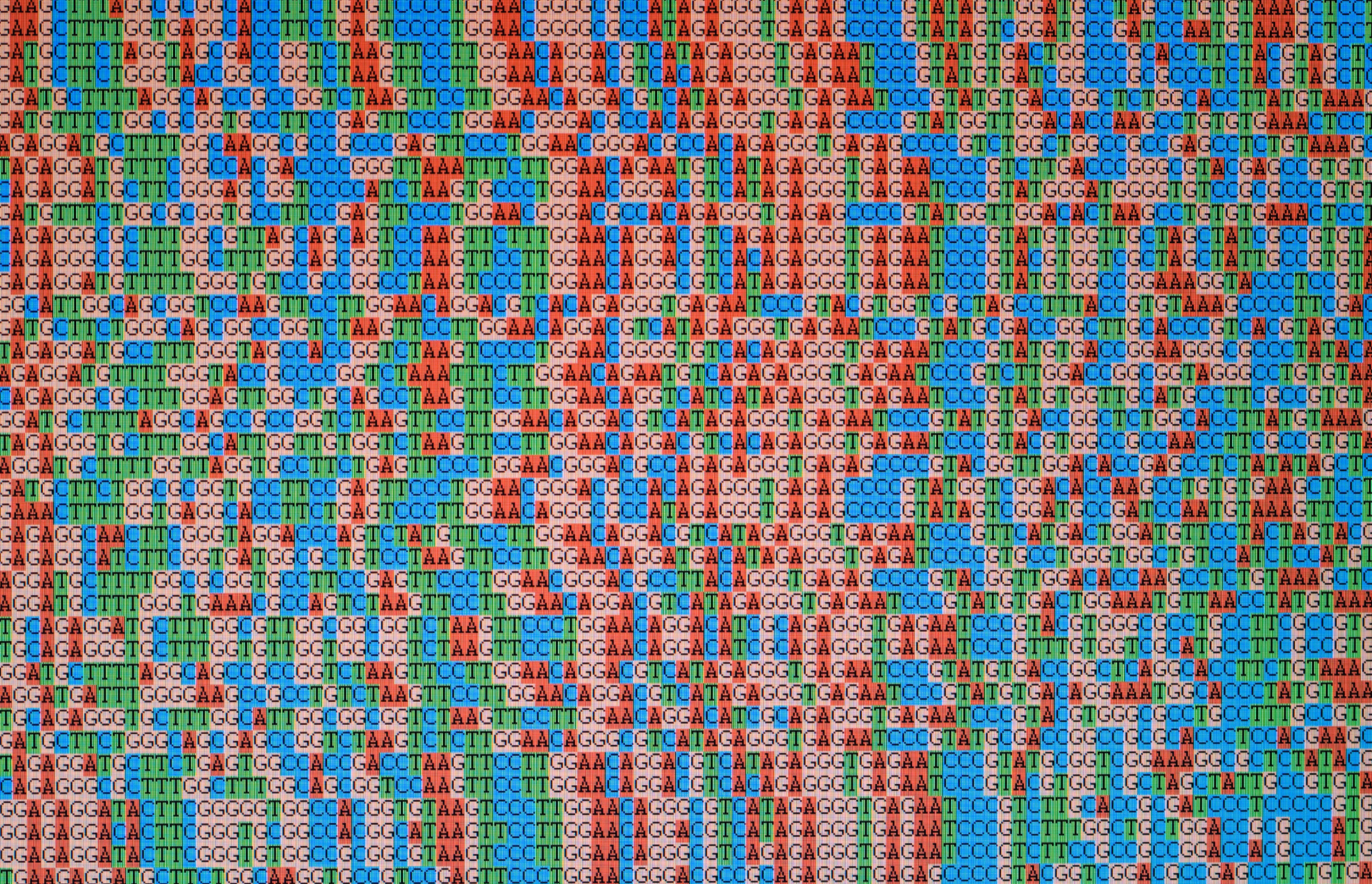DNA Testing Reveals the Chance of Bad News in Your Genes

Peter Ting always had difficulty adjusting his eyes to the dark. But he never considered the reason was in his genes. That changed after Ting, a healthy 60-year-old retiree, got his genome sequenced.
The results, which he received last year, revealed a genetic variant that causes a rare hereditary eye disease.
Ting was part of what’s being call the first randomized study of what happens when seemingly healthy people get their genomes sequenced. Doctors involved in the project, called MedSeq, picked 100 people visiting their primary care doctors and deciphered the genes of half of them.
The main finding: one in five people harbored a mutation that’s the cause of a rare inherited disease.
Whole-genome sequencing provides a full readout of all six billion letters in a person’s DNA. That can be a powerful tool to diagnose serious, and usually mysterious, diseases.
What’s still unclear is whether genome sequencing has any medical payoff—or penalty—for otherwise healthy people, since no one yet knows how often healthy patients will turn out to have a serious genetic mutation without having known it. The study Ting participated in provides a few preliminary answers but falls short of proving that genome sequencing should be widely used.
Out of 50 healthy adults who had their genomes sequenced, 11—or 22 percent—discovered they had genetic variants in one of nearly 5,000 genes associated with rare inherited diseases. One surprise is that most of them had no symptoms at all. Two volunteers had genetic variants known to cause heart rhythm abnormalities, but their cardiology tests were normal.
“This means you may not have the disease, or you may not have the disease yet,” says Jason Vassy, an author of the study, which was published today in Annals of Internal Medicine. It’s possible they could develop heart problems in the future, but even that is not certain, he says.
Of the 11 people with a rare genetic variant, only Ting and one other participant had a history of medical problems explained by their DNA.
“What does healthy mean? I think genomics is going to redefine that,” says Vassy, a primary care physician and assistant professor at Harvard Medical School.
Erica Ramos, a genetic counselor at the sequencing company Illumina and president-elect of the National Society of Genetic Counselors, says the findings underscore that factors other than a person’s genes are at play in disease, including age, gender, lifestyle, and environment.
That’s even true for so-called single-gene mutations with established links to disease, like the 4,631 total genes doctors looked at closely in the MedSeq study.
“Specific genetic variants don’t always show up as disease, even though the variant itself could cause disease,” she says. In genetics, the phenomenon is called “penetrance.” A mutation that’s not completely penetrant isn’t guaranteed to cause illness. Ramos says the one in five chance you have a genetic variant associated with a rare disease isn’t yet a reason to rush out and get your genome sequenced.
Ting says he volunteered for the study because he wanted to know his chances of developing diabetes or thyroid problems, both of which run in his family.
Instead, he was surprised to learn about the cause of his vision difficulties. That “popped up out of nowhere to explain the thing I had noticed for years,” he says.
Ramos says the possibility that some people may harbor a genetic variant associated with a rare disease doesn’t mean everyone should rush out and get sequenced. She says whole-genome sequencing may be helpful in certain situations, such as when family medical history isn’t known or is incomplete. She adds that for people in the study with an identified genetic variant but no signs of disease, those results may still be valuable to family members.
There’s another possible consequence of people having their genome sequenced. For participants enrolled in the study, health-care costs rose an average of $350 per person compared with a control group in the six months after they received their test results. The authors don’t know whether those costs were directly related to the sequencing, but Vassy says it’s reasonable to think people might schedule follow-up appointments or get more testing on the basis of their results.
Keep Reading
Most Popular
Large language models can do jaw-dropping things. But nobody knows exactly why.
And that's a problem. Figuring it out is one of the biggest scientific puzzles of our time and a crucial step towards controlling more powerful future models.
The problem with plug-in hybrids? Their drivers.
Plug-in hybrids are often sold as a transition to EVs, but new data from Europe shows we’re still underestimating the emissions they produce.
Google DeepMind’s new generative model makes Super Mario–like games from scratch
Genie learns how to control games by watching hours and hours of video. It could help train next-gen robots too.
How scientists traced a mysterious covid case back to six toilets
When wastewater surveillance turns into a hunt for a single infected individual, the ethics get tricky.
Stay connected
Get the latest updates from
MIT Technology Review
Discover special offers, top stories, upcoming events, and more.